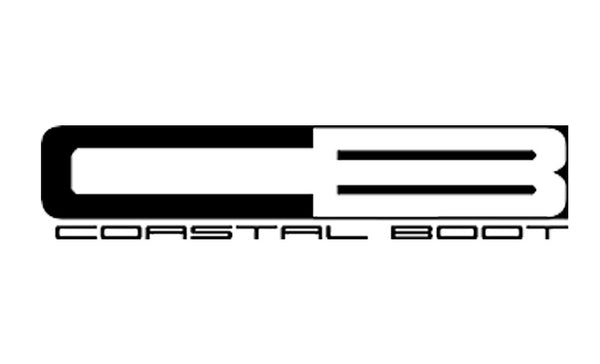News
How To Break In Your Work Boots
When you get a new pair of work boots, they aren't likely to fit perfectly when you first take them out of the box. Once new boots have been broken...
How To Break In Your Work Boots
When you get a new pair of work boots, they aren't likely to fit perfectly when you first take them out of the box. Once new boots have been broken...
